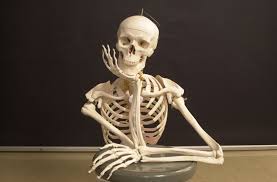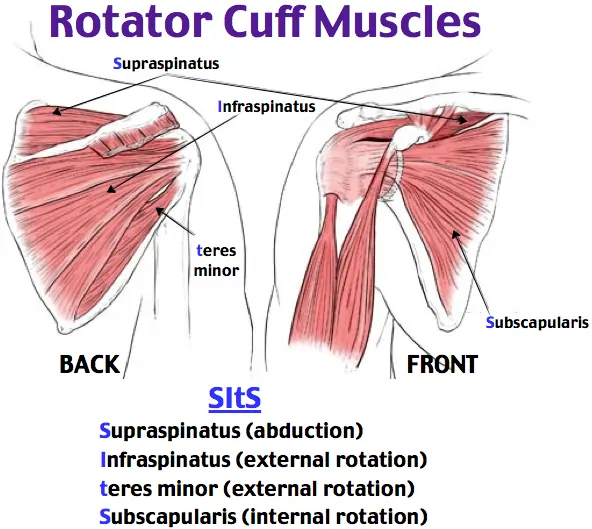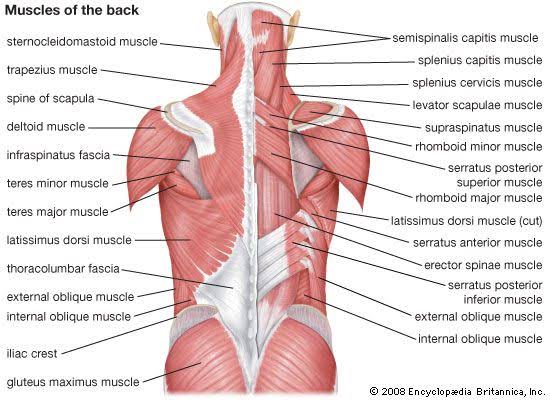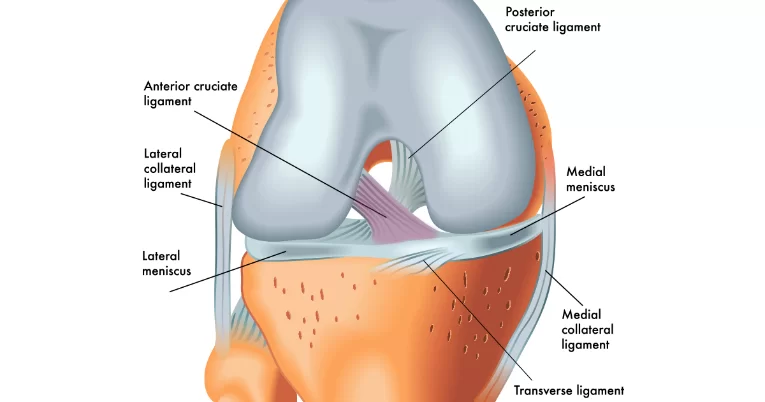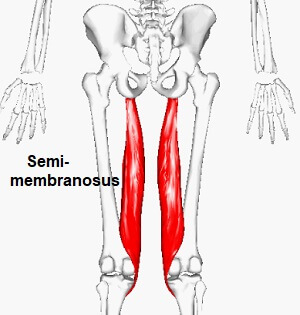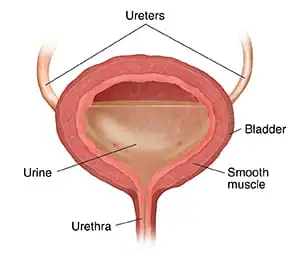Bone
Table of Contents
Introduction
The Bone tissue has both stabilizing and motor activity. In terms of supplying the body’s physical structure bones allow muscles, tendons, and ligaments to connect to them, facilitating movement. Bone is a fibrous substance that contributes to metabolism, aids in motion, improves structure, and protects crucial organs.
There are 206 bones in the skeleton of an adult person. Approximately 270 bones are present at birth; however, as an adult, this number reduces because some of these pieces merge during the stages of skeletal development and maturation. In regards to every ten years or so, more than half of an adult’s bone grows again, with the balance of it periodically repairing across life.
Bone tissue comprises numerous cells, minerals, proteins, and micronutrients. They also have individual blood arteries. The tissue inside bones consists of increased bone cell division, calcium-reinforced tendons, and ligamentsThe simultaneous action of our muscles, joints, and bones allows the human body to maintain with its bones and allow for functioning movement. The skeletal system maintains the body protects itself from gravity by its cartilage structure.
The bones absorb the most metal as opposed to other bodily components. The interfacial system of bone contains an important quantity of calcium ions, the most visible of which is a substance called the mineral calcium phosphate. The bones support the human body in opposition to gravity. The body’s lower section has support during movement by the essential bones in the below limbs. The softer tissues of the human being are covered with the bones that jointly compose the body. Since it responds to changes in workload eight times faster than before, it is far more dynamic.
The head bones are connected securely to prevent the cerebral cortex from injuries.
The little bones that surround the spinal cord protect the uppermost chambers of the circulatory system and lungs.
Red blood cells are preserved in the cavities visible in the bones of premature and newborn babies.
When our bones grow up, yellow marrow—which stores fat—largely replaces it.
Bone Structure
Bone consists of two types of tissue:
- Compact (cortical) bone:
The cancellous/trabecular skeleton, which contributes up to around 80% of the total cell mass, is better surpassed by this. It has very high protection from bending, torsion, and compression. It is much bulkier and has very little part in metabolism. It is mostly observed in the trabecular bone’s outer shell and the shaft of long bones like the femur and tibia.
2. Cancellous (trabecular or spongy) bone:
It consists of only twenty percent of the total depth of bone but has a volume-to-surface ratio that’s over a hundred times more than that of its cortical counterpart. It happens in regions like the pelvis, metaphyses, and vertebral bodies that are particularly prone to compression.
Bones also contain:
- The cells that are charged with developing the framework of bones are sometimes referred to as bone-forming cells.
- Osteoclasts are cells that break down bone.
- Osteoid: a collagen and other protein complex
- The extracellular matrix, also referred to as ECM, is made consisting of inorganic mineral salts.
- Blood vessels and nerves
- Bone marrow
- Cartilage
- connective tissues such as both the endosteum and the periosteum
Types Of Bone:
1. Long bones:
- It is mostly composed of tissue-free functional bone. The total measurement of the legs, thigh region, and lateral bones serve to maintain attraction and are frequently involved in movements.
2. Short Bone:
- Most skeletal structures contain open pores with the same cylindrical shape. In determined bone, the proportion of abilities at or below is the same. The hand’s and feet’s joints could be known as partial objects consisting of bones.
3. Flat bones:
- When producing cylindrical bones, a covering of flexible bone is inserted between two fine layers of rigid bone. They are not spherical; rather, they are flat. The ribs and skull are two examples. These bones still have the stem inside them even though they don’t have a cavity.
4. Sesamoid bones:
- They function as focal areas of swelling and buckles that reduce strain on the particular muscle or tendon they are positioned in.
Gross Anatomy:
The two primary divisions of the raised arm bone are referred to as the two breaks and the increasing demand parted portion of what is known as the diaphysis. The diaphysis, or a circle, or cylinder-shaped axis, of a bone is composed of its anterior and lateral limits. The broader area behind the part of the diaphysis that improves the structure of the human body is called the middle bone cavity, and it can be created up of yellow bones. It describes the same axial forces component that forms the outermost portions of the diaphysis and defines strong, rigid bones (cortex or cortical bone).
The epiphysis, a more secure area within the extremities of the bone, is lined with outside components. Radiant bone has filled the gaps left by the flexing bone. In the opposite direction, what is known as the metaphysis is the supplying bone’s nothing category, consisting of the epiphyseal (growth plate) plate and an outer layer of (visible) tissue, and epiphysis becomes one. The epiphyseal plate turns into an epiphyseal line when bone growth stops developing in its earliest stages, between the ages of nineteen and twenty-one. Osteous tissue substitutes the tissue that is injured during this entire process.
The fragile membrane lining this cavity is called the endosteum (end– Means “inside”; site– Means “cartilage”), as it is here that bone formation, reconstruction, and repair happen. Small bone is nourished by the periosteum’s lymphatic, nerve, and blood arteries. Ligaments and tendon interconnections to joints form at the outer layer.
Bone Function:
The bones and functions of the human body give the organism with solid foundation. The development of complex bone structures (such as the spine) allows humans to do various tasks that animals cannot, such as walking on two feet (ambulatory gait) and maintaining a standing posture.
The bones in the body assist it with development as well as stability. They protect some organs from harm. Additionally, minerals are stored in bone. Additionally, blood cells are produced and kept in the soft bone marrow found on the inside of some bones.
The main purposes of bones are to support the tissues of the body, improve blood flow, stabilize internal structures, store fat and minerals, and move rapidly through the blood cell manufacturing cycle. The muscle-skeletal system is a classification used to apply to the brain processes and the skull systems.
Mechanical Function:
- Protection. The body’s significant and sensitive tissues require bone health to be secured. Bones, for example, support the skull and their core.
- Structure. The human body would appear to be an inflexible object of muscle and tissue without skeletons, providing it no structure.
- Movement. When enabling the human body to function as it does, bones need to function in cooperation with the joints, connective tissue, tendons, and nerves.
- Sound Transmission. Additionally, absorption vibrations—which allow us the capability to hear—rely on bones.
Metabolic Functions:
The bone performs a lot of metabolic functions:
- The structure of bones can offer preservation for several substances, including both phosphorus and calcium, along with the metal in the form of amino acid hemoglobin.
- Many growth factors remain in bone and are frequently released, such as insulin-like growth element, or IGF-1.
- Bones can alter the body’s alkaline salt ratio to maintain pH a balance while also sustaining the right pH level level..
- Toxic substances and contaminants from blood samples can be deposited by Bone marrow as a purifying technique.
- Development of fat.
Clinical Significance:
- Numerous diseases, including those with asymptomatic, metabolic, autoimmunity-beneficial, or embryological roots, can affect bone tissue. They consist of being protected, but they cannot be restricted to it.
- Achondroplasia is an inheritance problem that is typically thought to cause a lack of muscle Individuals with this medical problem may have short limbs as a result of decreased endochondral development of bone.
- The determination of Paget’s disease of the skeleton is based on a disconnect in the roles of cells that generate tissue and other cells. The root cause of the condition is unknown, despite it mainly impacts particular portions of muscular organs, usually affecting one or more surrounding bones instead of all of the system of bones.
- Refusing the illness known as Page affecting the bone may elevate the chance of suffering from marrow tissue cancer, a carcinogenic osteoblast tumor.
- Skeletal neoplasms start in the metaphysis of long bones. Patients may have pain in the bone and swelling, or an abnormal fracture (a rupture in the bone caused by bone reduction due to sickness instead of trauma). This is significantly more commonly seen in adolescents than in older adults.
- Bone fractures
- osteoporosis. The common feature related to this reconstructive bone disease is poor bone mass. This repair bone disease is marked by low bone density and functional deformities.
- Osteoarthritis
- Osteomalacia
- Rickets
- Abnormalities of the epiphyseal plate
FAQs
The human organism has which number of bones?
Every adult has 206 bones in total. Some individuals can have additional bones in their extremities along with several abnormal ribs.
What is the total number of all the bones in the body?
The total elasticity of bones becomes affected by the human body weight. Skeletal bone comprises about 15% of the person’s total body weight. For instance, a 100-pound person’s bones will weigh around 15 lbs.
How many physical components are typically discovered in the spine?
33 people there. Vertebral is the scientific term for the structures found in the spine (ver-tea-bray). In total, there are seven cervical (sir-Vick-all) vertebrae, which are at the top of the back of the neckbackbone – Thoracia (12 thoracic) – Musculoskeletal (lum-bar) 5 or 6. Sacrum (say-crumb): five Trio coccyx, or cock-six. The tailbone is called a coccyx.
Do bones have a life?
Indeed! As they pass away, thousands of live cells are replaced in bones. The circulation of blood supplies each organ with food and oxygen, just like the other organs in the human organism. Additionally, the blood absorbs waste—you might say that blood removes it away!
What is bone?
Bone is hard, thick, and slightly springy. It consists of cartilage in other tissues arterial circulation, and many different types comprised of bone tissue. Compact bone makes up the outer layer. It is quite strong and long-lasting. The innermost layer appears like a physical fiber, which means the name “twisted bone from the extraction”!The marrow is located in the middle of the bone. The bone marrow is where the body produces red blood cells.
Bone marrow: What is it?
Bone marrow is a jelly-like substance found in the center of bones. The marrow of the bone is the central location of the body’s hemoglobin production process. Bone marrow not only creates red blood cells but also various kinds of white blood cells. How can blood enter bones? Haversian (have-er-shan) canals are the areas around which the outer layer of bone cells forms rings. There are connections between the waterways. Every waterway is lengthy and narrow. All of the little canals are connected by blood vessels.
Are bones made of skin?
The outermost layer of bones resembles a thin layer of skin or material (mem-brain). This barrier’s outer layer connects to the outer surface’s membrane. The circulation of blood that supports outside of its layer of cartilage, which can be dense, aids in supplying minerals to the bone. And this layer is full of neurons.
References
- Proia P, Amato A, Drid P, Korovljev D, Vasto S, Baldassano S. The impact of diet and physical activity on bone health in children and adolescents Frontiers in Endocrinology. 2021;12.
- Bilezikian JP, Marcus R, Levine MA, editors. The parathyroids. 2nd ed. San Diego (CA): Academic Press; 2001.
- Lee K, Jessop H, Suswillo R, Zaman G, Lanyon L. Endocrinology: Bone adaptation requires estrogen receptor. Nature. 2003;424:389.

